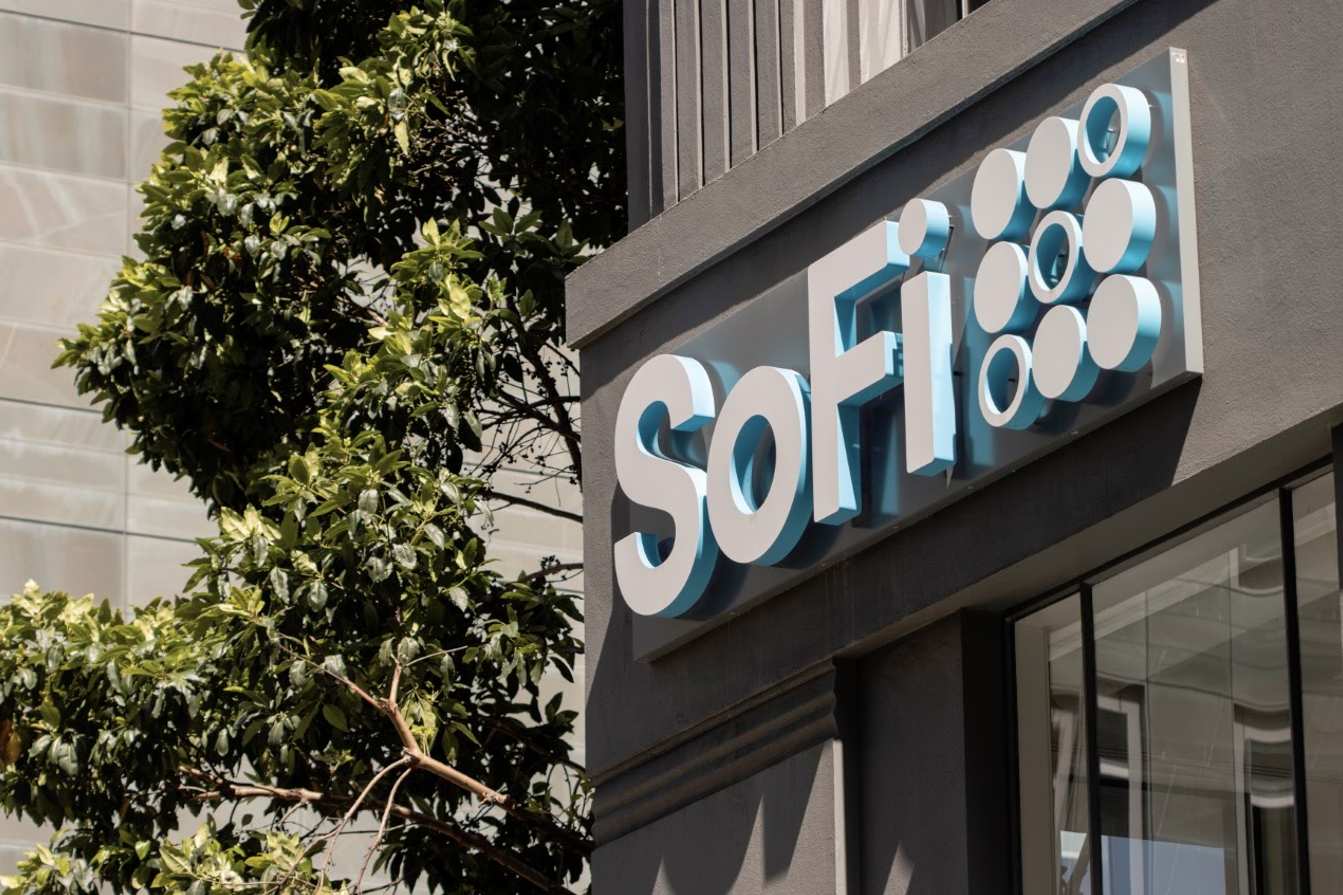What’s the Future Outlook for U.S. Long-Term Treasuries?


Below is my analysis of the potential trajectory of U.S. long-term Treasuries, incorporating the latest developments as of April 9, 2025, particularly the impact of this week's tariff policies and movements in the U.S. Treasury market. The Trump administration’s recent imposition of a 104% tariff on China and "reciprocal" tariffs on other nations has triggered significant volatility in global financial markets. Meanwhile, U.S. Treasury yields have fluctuated sharply, reflecting uncertainty about economic growth and policy direction.
(1) The Trump Administration’s Reliance on a Low-Interest-Rate Environment
The Trump administration’s economic agenda hinges on maintaining a low-interest-rate environment to encourage the return of manufacturing and create jobs for its core voter base. With the current Fed benchmark rate at 4.25%-4.5%, borrowing costs for businesses exceed 6%, and mortgage rates hover around 7%—levels that many manufacturers find burdensome. Recent economic data suggest a noticeable slowdown in the U.S. economy, with recession risks looming. This week’s tariff escalation has heightened these concerns, as rising global trade tensions could disrupt supply chains and increase costs, further straining the real economy. A low-rate environment may thus become a critical tool for the administration to mitigate these pressures and uphold its "America First" commitments.
(2) Fiscal Pressures and Treasury Interest Burden
The U.S. government faces mounting fiscal challenges. Currently, 40% of federal revenue is consumed by interest payments on U.S. Treasuries, a figure that continues to rise as debt is refinanced. This week’s tariff policies might generate short-term revenue, but markets fear the long-term consequences—namely, that a trade war could dampen economic growth and erode the tax base. Concurrently, U.S. Treasury yields have shown volatility (e.g., the 10-year yield briefly spiked to 4.14% this week), signaling investor unease about fiscal sustainability. Lowering interest rates could ease the interest burden and free up fiscal space for infrastructure spending or tax cuts. However, if tariffs prompt major foreign holders (e.g., China or Japan) to scale back Treasury purchases, borrowing costs could rise, creating a vicious cycle.
(3) Fed Policy and Political Dynamics
Fed Chair Jerome Powell’s term ends in May 2026, and his current stance appears at odds with the Trump administration’s push for lower rates. This week, signals from Treasury Secretary Scott Bessent and others suggest efforts to negotiate with trading partners to soften the tariff blow, yet Powell remains cautious about rate cuts. If this tension persists, Trump might nominate a new Fed chair in late 2025 as a "shadow chair" to shape market expectations. A Trump-aligned successor could pursue aggressive monetary easing, amplifying the administration’s economic goals. Such political interference could undermine confidence in the Fed’s independence, adding uncertainty to the Treasury market.
(4) Midterm Elections and Economic Performance
The Trump administration faces significant political pressure ahead of the November 2026 midterm elections. From now until then, failure to deliver fiscal reform, lower rates, or job growth could cost the Republican Party its congressional majority. This week’s tariff-induced market turmoil (e.g., the S&P 500 has dropped over 12% since the tariff announcement on April 2) underscores waning investor confidence in Trump’s policies. Should the economy slide into recession—exacerbated by trade disruptions—and inflation rise due to tariffs, Trump’s political capital could erode rapidly. Historically, low rates and loose monetary policy have served as short-term economic stimulants, making them a likely priority to bolster electoral prospects.
(5) Rate-Cut Path and Market Expectations
With the benchmark rate at 4.25%-4.5%, markets anticipate no immediate rate cut in March 2025, but a new easing cycle could begin in May. Given this week’s tariff shock, I expect the Fed to cut rates 4-5 times between May 2025 and July 2026, totaling 100-125 basis points (BP). If Trump installs a more compliant Fed chair, market expectations for deeper cuts could intensify, potentially driving the yield curve lower, particularly for long-term Treasuries. This shift would reflect both economic necessity and political influence.
(6) Debunking Treasury Default Risks
Online chatter has raised concerns about potential U.S. Treasury debt restructuring or default, especially amid fears that tariffs might prompt countries like China to reduce holdings. However, U.S. Treasuries remain the bedrock of global asset pricing. A default would not only devastate the U.S. economy but also unleash chaos across the global financial system, potentially escalating into geopolitical conflict. This week, Japan signaled it would not weaponize its Treasury holdings against Trump’s tariffs, suggesting key creditors are inclined to preserve stability. Despite short-term volatility, the "safe-haven" status of U.S. Treasuries remains intact.
Conclusion and Outlook
In summary, the Trump administration’s tariff agenda and economic objectives may compel the Fed toward looser monetary policy to counter slowing growth and fiscal strain. This week’s market reaction highlights investor anxiety over tariff uncertainty, yet U.S. Treasuries retain their appeal as a relatively secure asset. Over the next two years, Treasury yields could trend downward, driven by rate-cut expectations and political pressures. Nonetheless, an escalating trade war or a collapse in foreign investor confidence could pose significant risks to this outlook.







